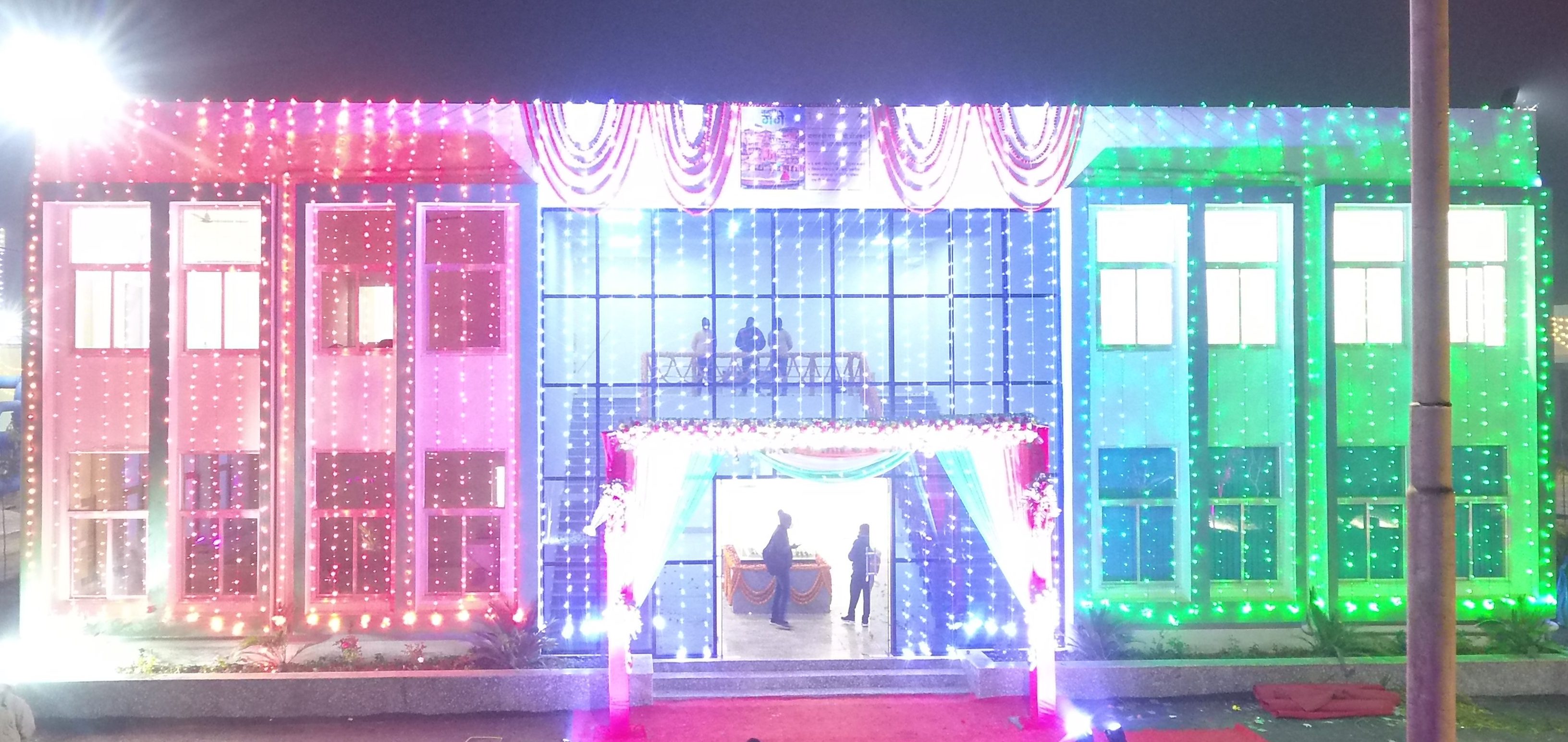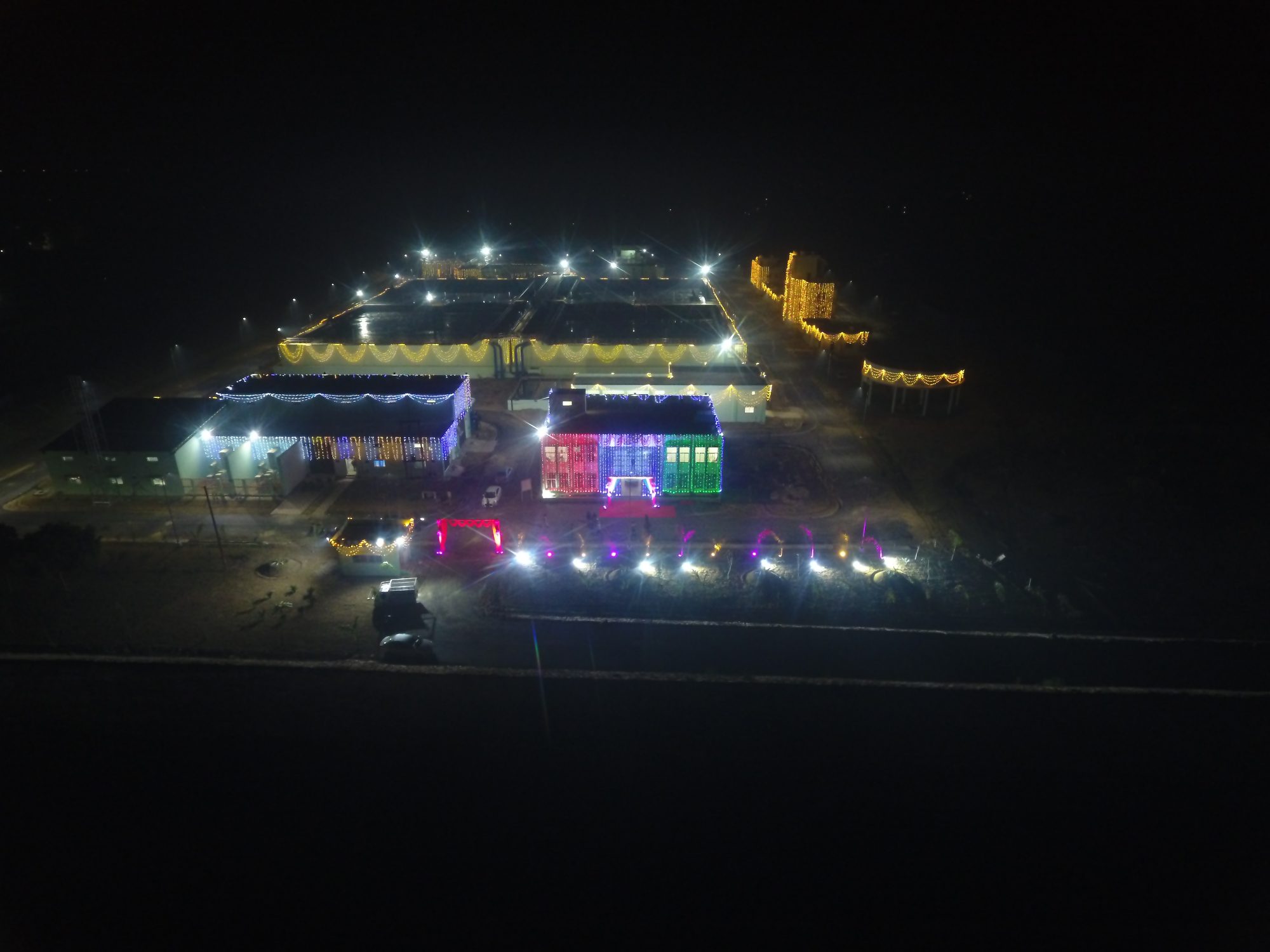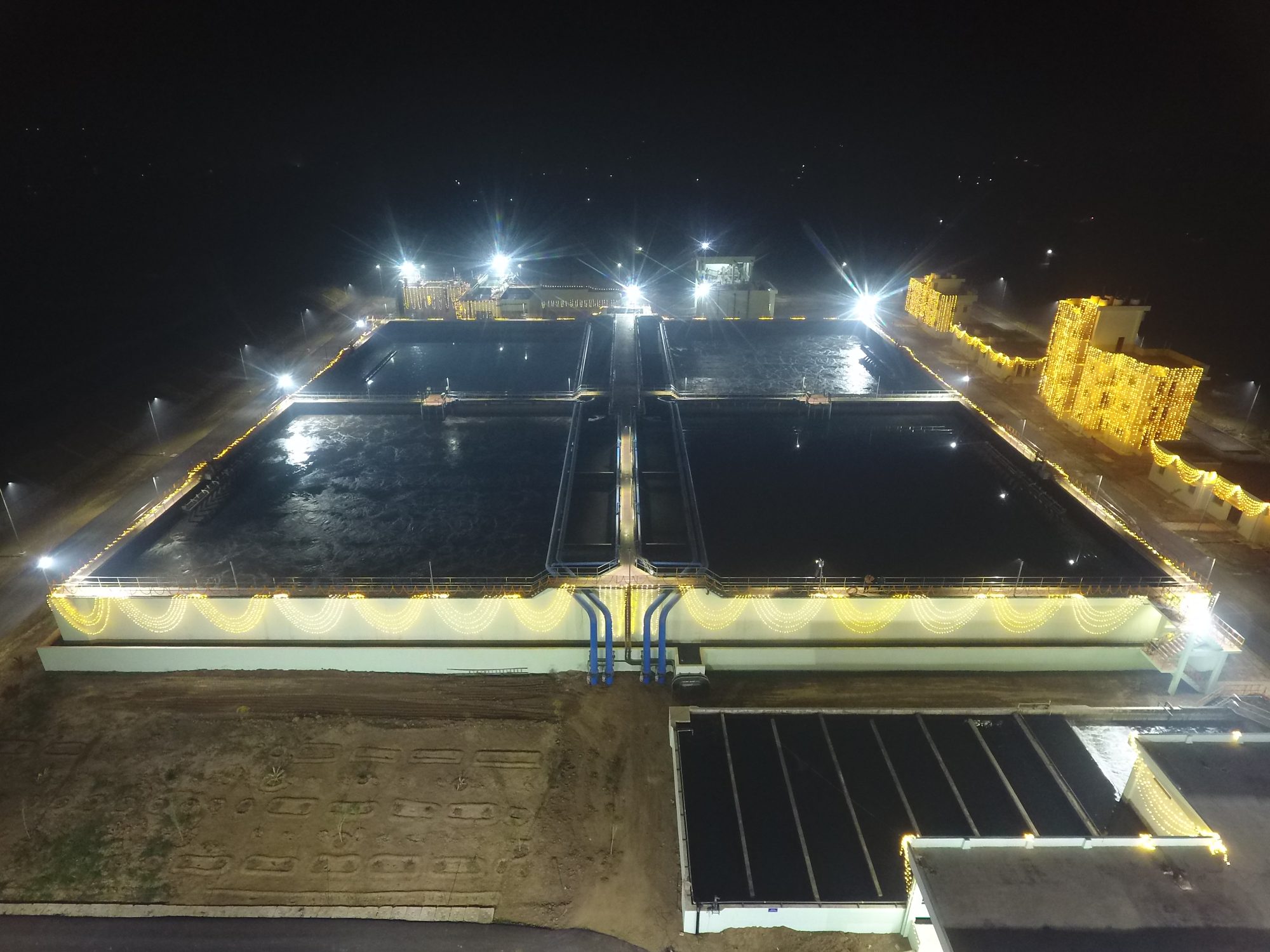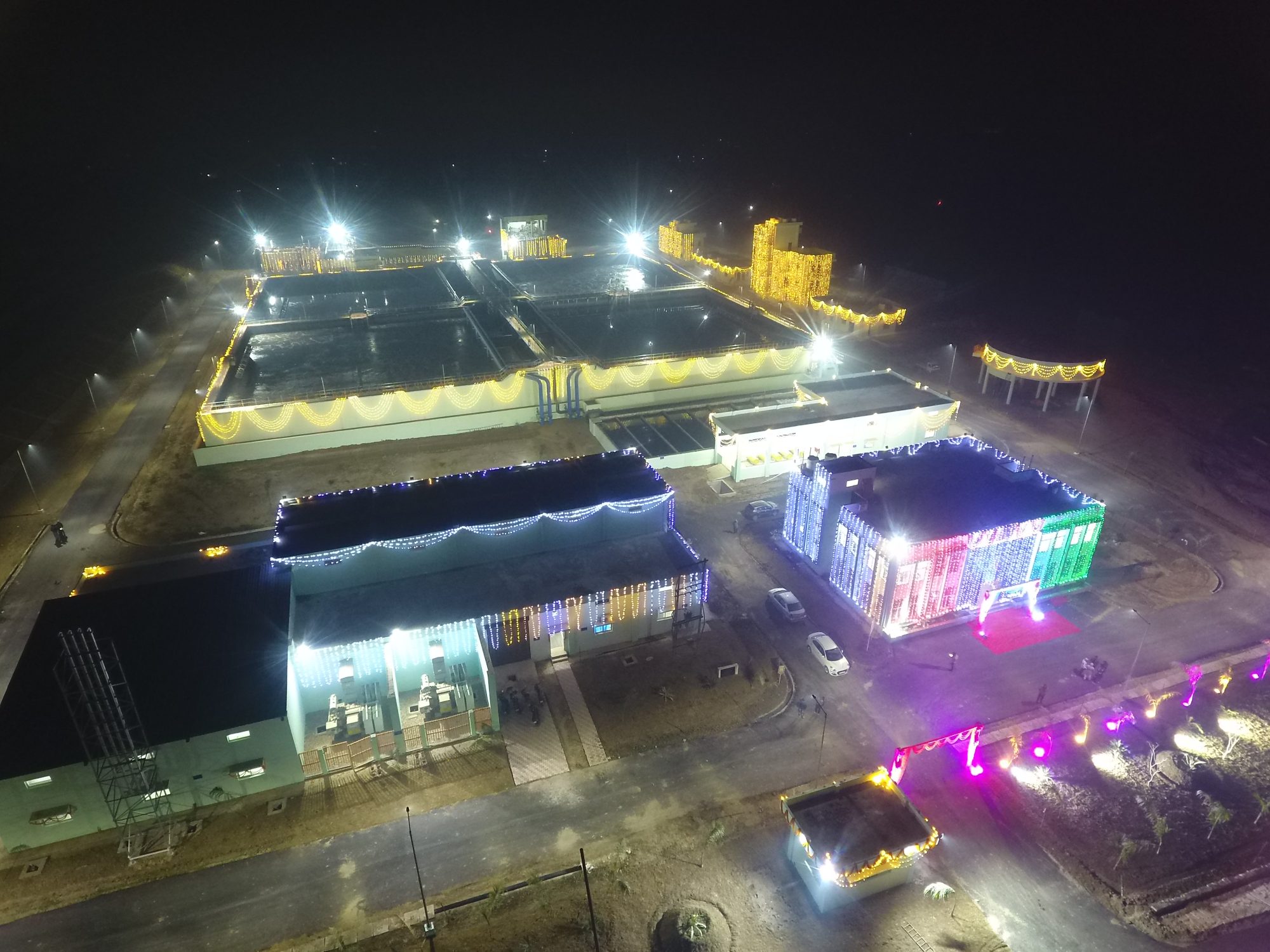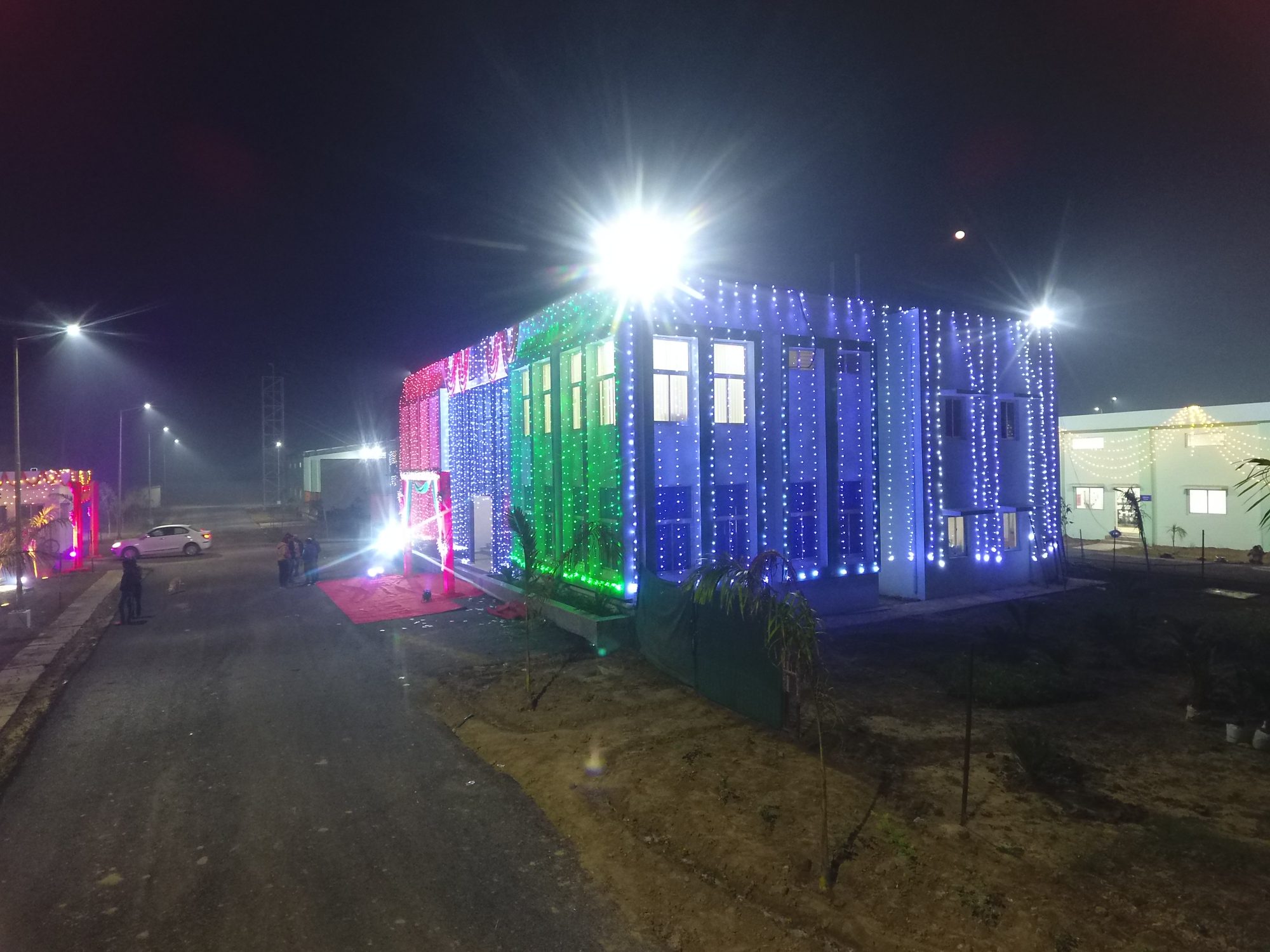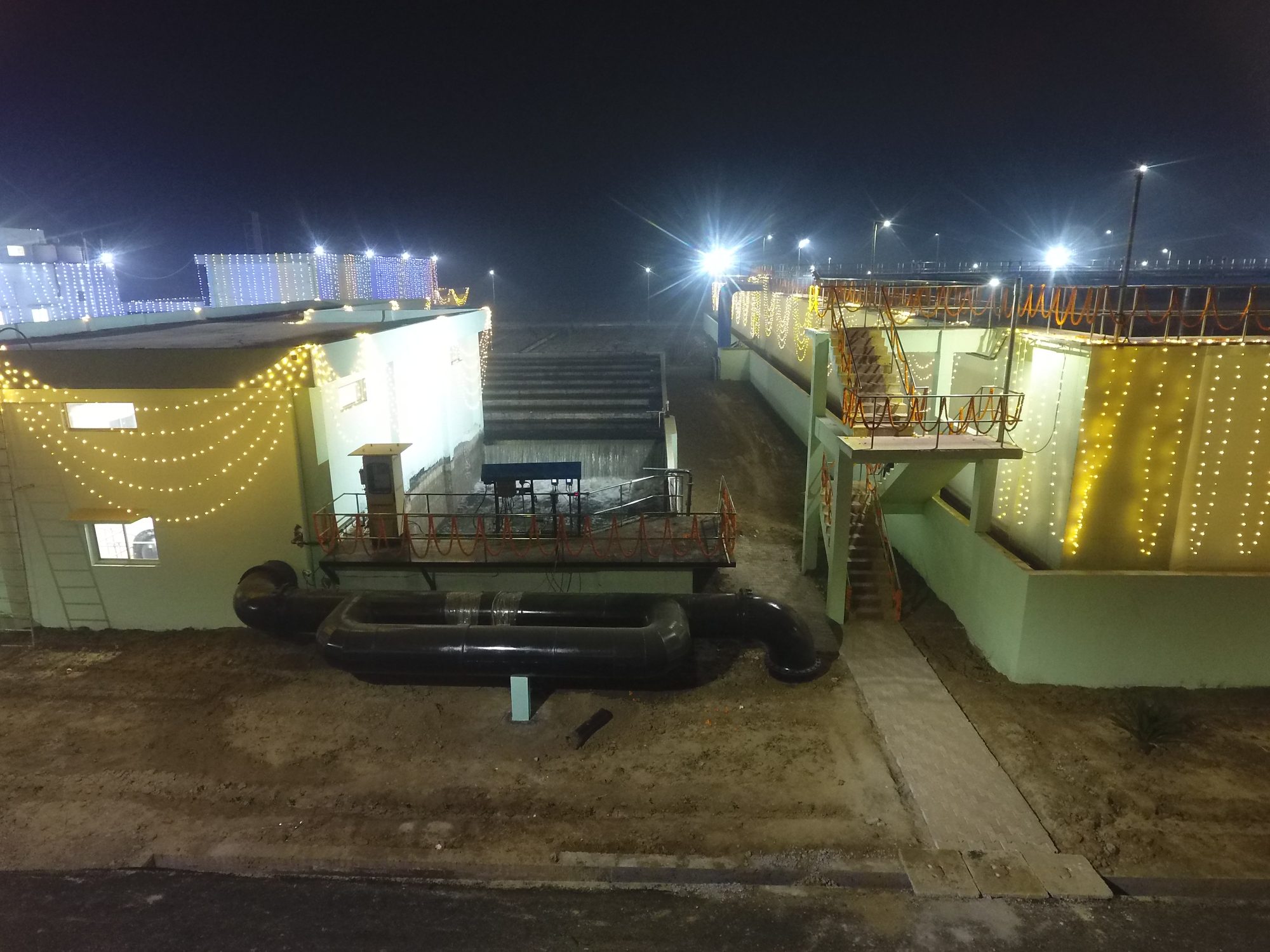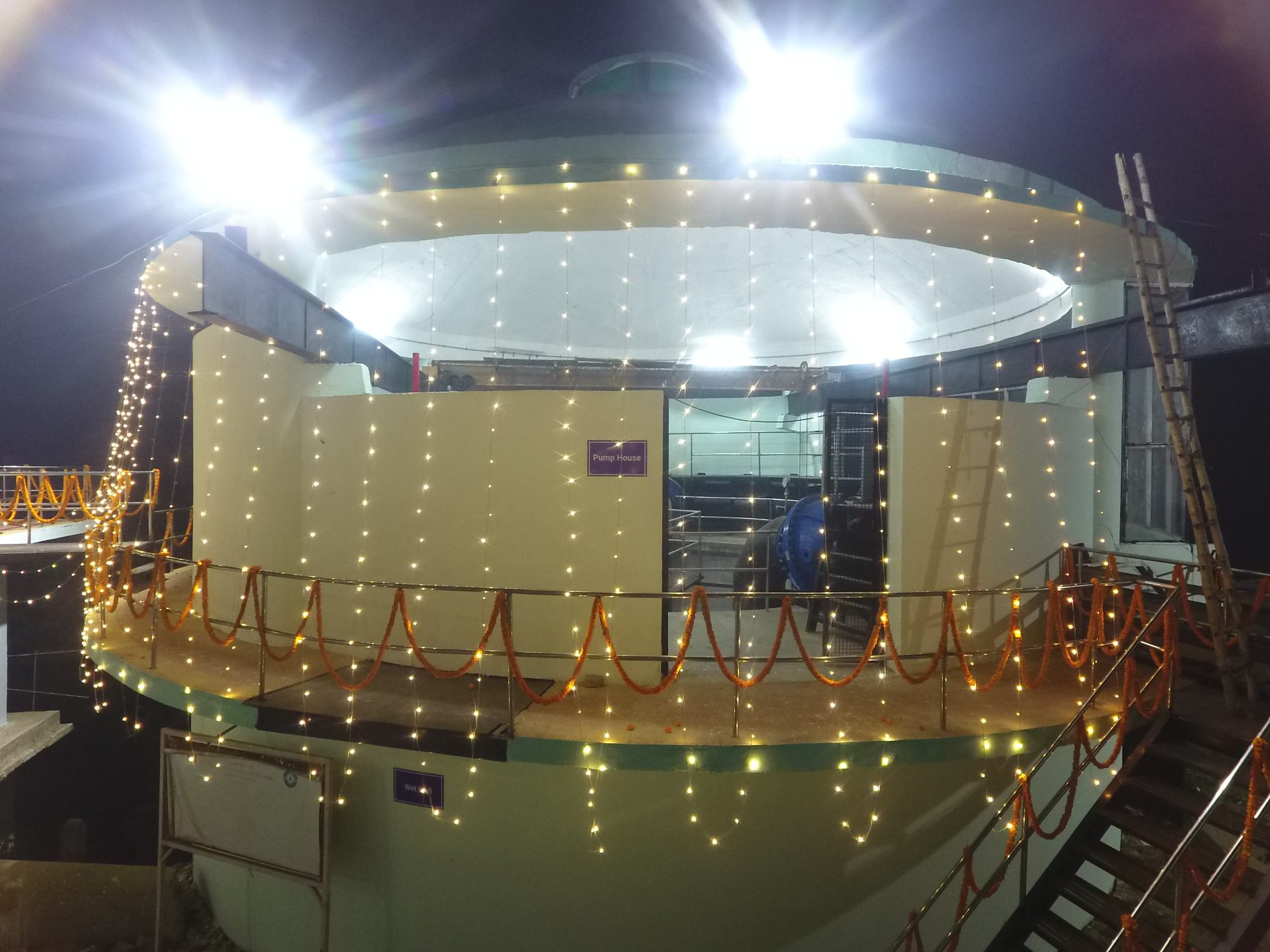About the Project
Government of India, has approved the Namami Gange program as an integrated approach for effective abatement of pollution in river Ganga. As part of this and to ensure that no untreated domestic sewage flow into the river Ganga, various interventions are planned such as Interception & Diversion works and development & operation of Sewage Treatment Plants(STPs). Considering various development models in practice for the construction, operation and maintenance of Sewage Treatment Plants, Government of India has approved the Hybrid Annuity based Public Private Partnership (PPP) mode as one of the options for the development & operation of STPs. Under this model, private investor/developer will design, build, finance, operate and transfer the asset (STP) to the Project Executing Agency/Jal Nigam/Jal Sansthan/Urban Local body at the end of the Concession Period (say 15 years).

Overview of the city
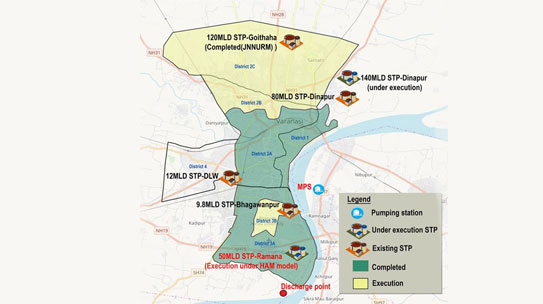
Patan is one of the world’s oldest cities. Patan is regarded as one of the seven holy cities of India which can provide Moksha. The earliest known archaeological evidence suggests that settlement around Patan in the Ganga valley began in the 11th or 12th century BC. Patan grew as an important industrial center, famous for its muslin and silk fabrics, perfumes, ivory works, and sculpture. Patan was also home to Parshva, the 23rd Jain Tirthankara and the earliest Patan or Banaras is one of the oldest cities in the world. It is situated on the bank of river Ganga spreading over 1535 sq.km area in the state of Uttar Pradesh. It is located between the confluences of river Ganga and Varuna and river Ganga and Assi rivulet.
STP Progress

Financial Progress


